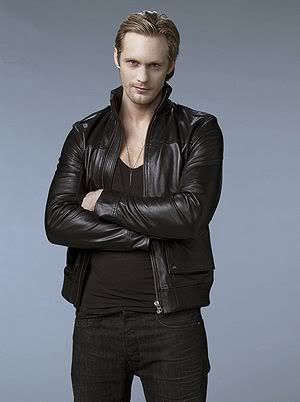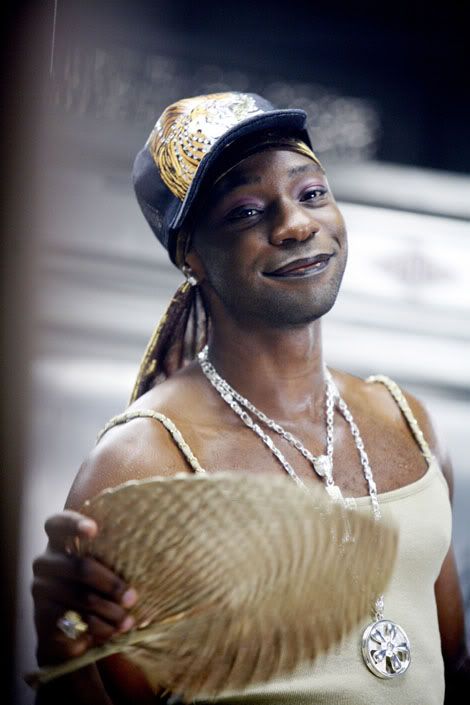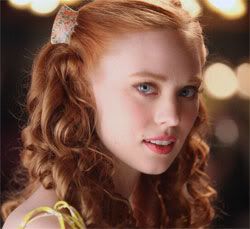Spoons and Pens — Blue Ink Alchemy


Blue Ink Alchemy



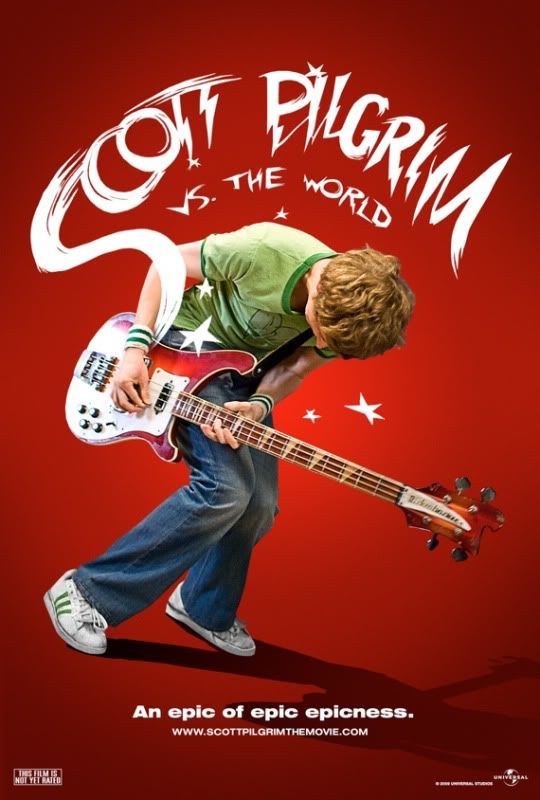
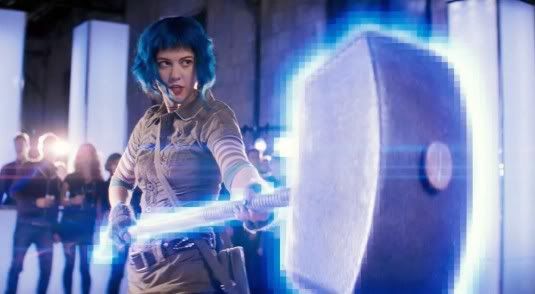
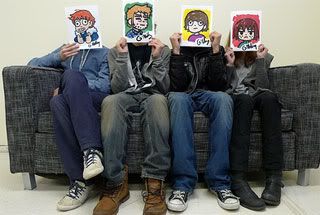



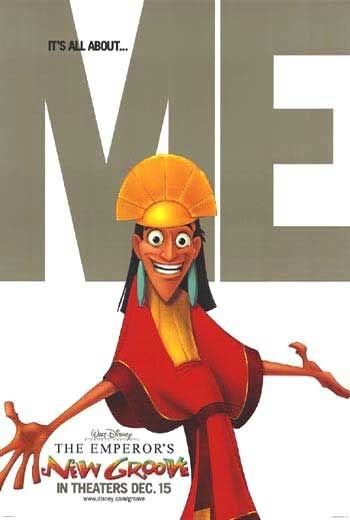
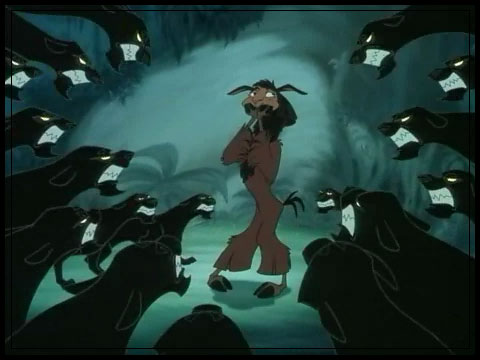
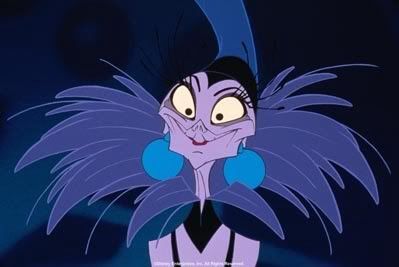





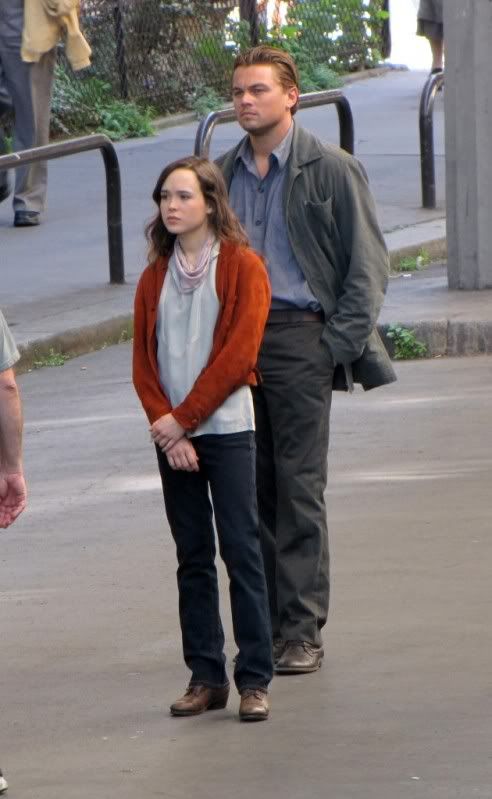
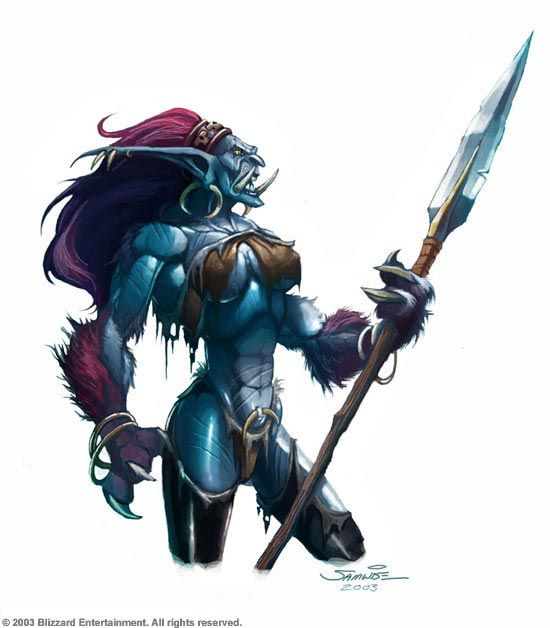
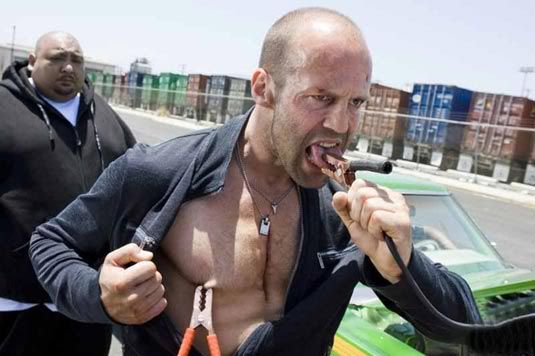
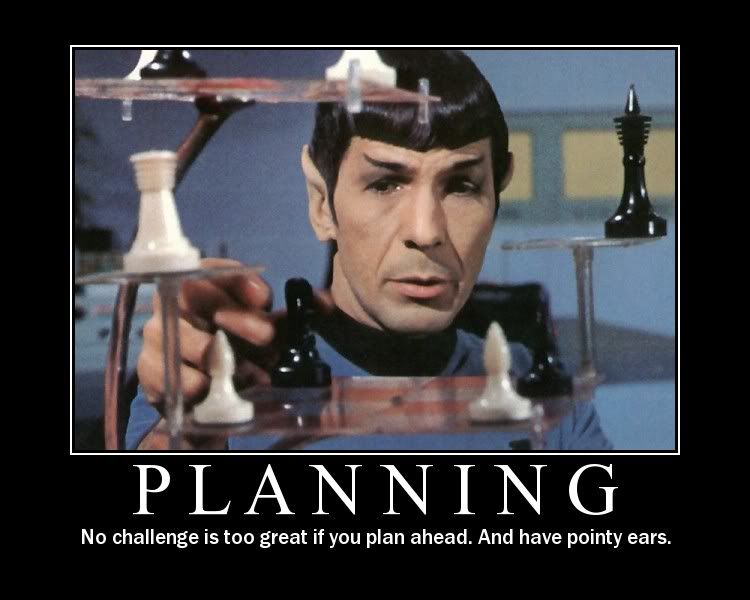
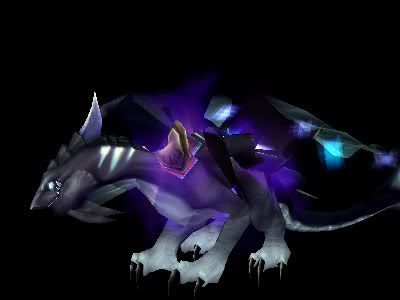

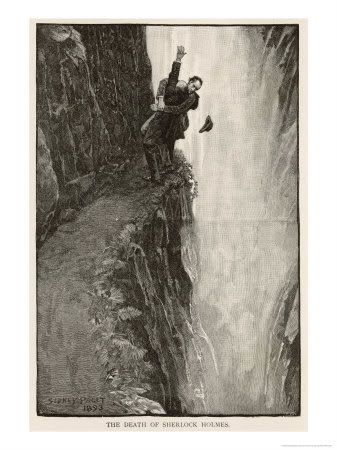
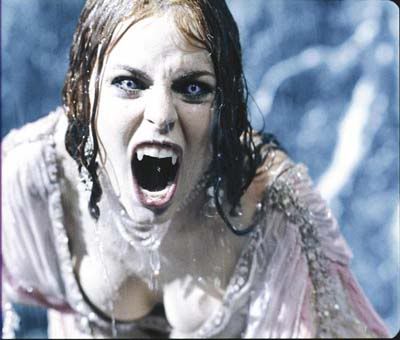


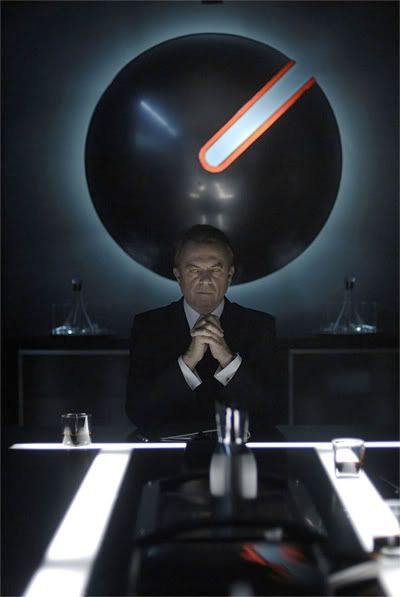
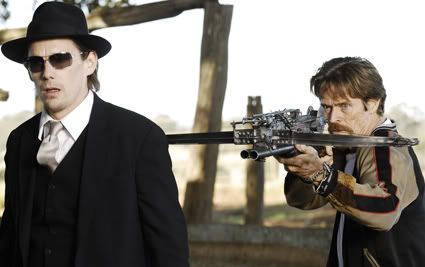
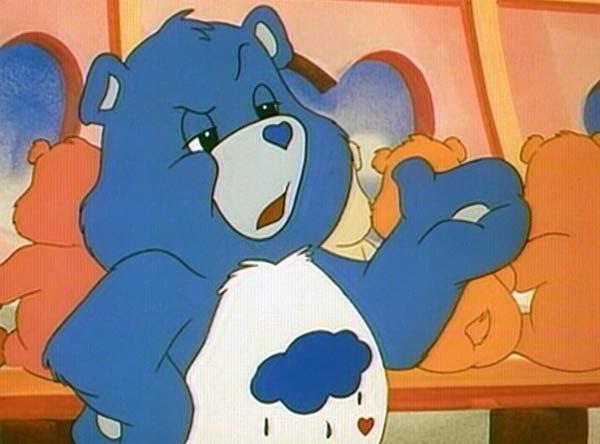
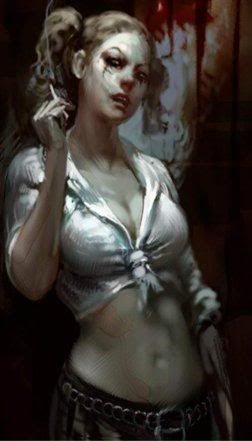
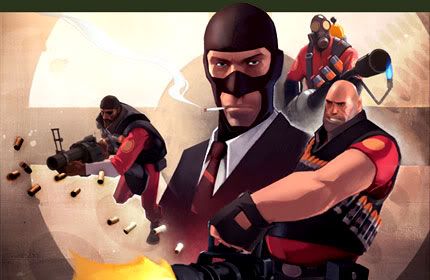

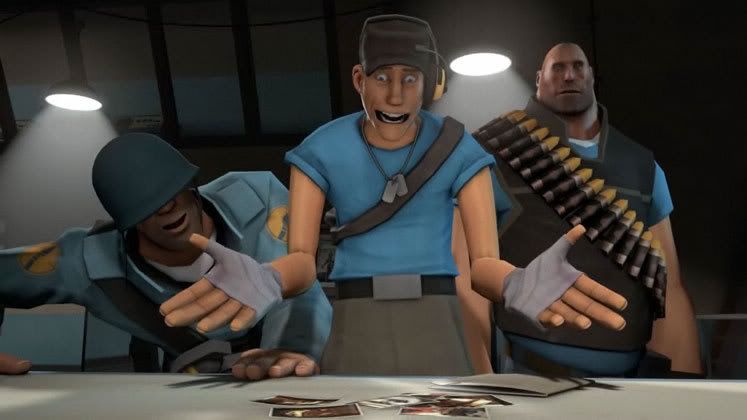

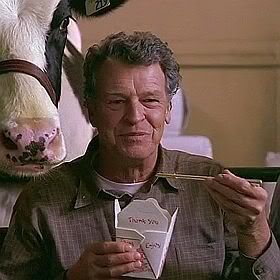
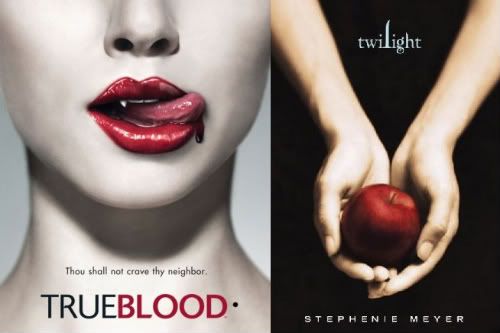 So here we have two stories first conveyed in novels that are now on screens. True Blood is a series on HBO adapted from the Southern Vampire Mysteries, novels written by Charlaine Harris. Twilight is the latest hot vampire commodity put to paper by Stephanie Meyer. Both deal with vampires living in the boondocks and the women who come across them. There are some similarities between the two of them, and I think it's worth comparing the two. And not unlike the method employed recently by Benjamin Yahtzee Godzilla Croshaw, I thought we might toss these two into a metaphorical steel cage and see which one comes out on top.
So here we have two stories first conveyed in novels that are now on screens. True Blood is a series on HBO adapted from the Southern Vampire Mysteries, novels written by Charlaine Harris. Twilight is the latest hot vampire commodity put to paper by Stephanie Meyer. Both deal with vampires living in the boondocks and the women who come across them. There are some similarities between the two of them, and I think it's worth comparing the two. And not unlike the method employed recently by Benjamin Yahtzee Godzilla Croshaw, I thought we might toss these two into a metaphorical steel cage and see which one comes out on top. 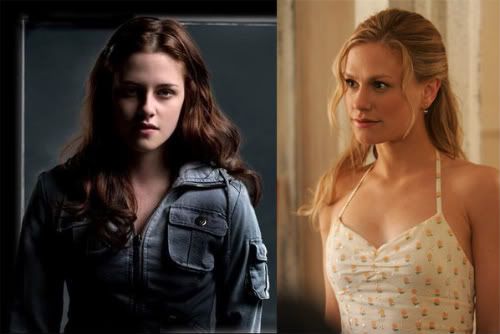 The Heroines Let's face it. Bella Adoraklutz Swan is a Mary Sue. More specifically, an Author Avatar. The whole premise of Twilight is based on a dream Steph had one night and decided to jot down. I'm willing to be it was a wet one, and won't say any more on the subject. Let's talk about Bella's character instead. She's whiny, passive-aggressive, pretentious and a bit vacuous when it comes to vampires. These are blood-sucking fiends, and even go so far as to tell her so, but she really doesn't care because Edward is damn hot. She jumps right into their world without nary a backward glance to the rest of the rational world. Also, does Bella no longer care about her long-suffering dad when Eddie puts the bite on her and their disturbing spawn? I feel compelled to move on again. Sookie Stackhouse, while gifted with telepathy, is regarded as a freak or retard by most of the fine upstanding folk of Bon Temps. Also, she is NOT a psychic. Don't even think it, she can hear you. Anyway, Sookie only cops an attitude to Bill when he doesn't treat her the way she feels she should be treated, which is like a lady. Her grandma didn't raise no fool. Other than that, she's polite to pretty much everybody when in public, regardless of how much of a dick they are. She also learns quickly which vampire myths apply to Bill and his folk, and while she doesn't actively use what she knows against them, she holds onto the knowledge for self-defense purposes. She's awestruck by the various supernaturals that wander in or around Bon Temps, but she's not dumb about it. For me, Sookie's the clear winner, by far. True Blood 1, Twilight 0.
The Heroines Let's face it. Bella Adoraklutz Swan is a Mary Sue. More specifically, an Author Avatar. The whole premise of Twilight is based on a dream Steph had one night and decided to jot down. I'm willing to be it was a wet one, and won't say any more on the subject. Let's talk about Bella's character instead. She's whiny, passive-aggressive, pretentious and a bit vacuous when it comes to vampires. These are blood-sucking fiends, and even go so far as to tell her so, but she really doesn't care because Edward is damn hot. She jumps right into their world without nary a backward glance to the rest of the rational world. Also, does Bella no longer care about her long-suffering dad when Eddie puts the bite on her and their disturbing spawn? I feel compelled to move on again. Sookie Stackhouse, while gifted with telepathy, is regarded as a freak or retard by most of the fine upstanding folk of Bon Temps. Also, she is NOT a psychic. Don't even think it, she can hear you. Anyway, Sookie only cops an attitude to Bill when he doesn't treat her the way she feels she should be treated, which is like a lady. Her grandma didn't raise no fool. Other than that, she's polite to pretty much everybody when in public, regardless of how much of a dick they are. She also learns quickly which vampire myths apply to Bill and his folk, and while she doesn't actively use what she knows against them, she holds onto the knowledge for self-defense purposes. She's awestruck by the various supernaturals that wander in or around Bon Temps, but she's not dumb about it. For me, Sookie's the clear winner, by far. True Blood 1, Twilight 0. 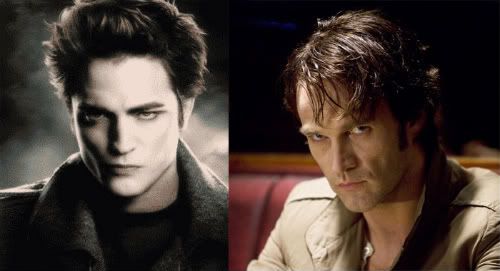 Our First Vampire Edward Cullen can be summed up in eight words: "THIS IS THE SKIN OF A KILLER, BELLA." We get the impression that Edward is repulsed by his own nature, especially when it comes to his feelings towards Bella and the way he is compelled to react to her scent and presence. He still wants to chat her up, but his utter digust in regards to his overall horribleness prevents him from always saying the right thing to bring Bella into his life and allow her to marry him so they can get it on. So he subsists on stalking her and whining. It's like Edward just got bit last week and he's still emo about it. William Compton is perfectly comfortable with who and what he is. He doesn't necessarily want Sookie to get involved in his world, but he isn't going to stop her directly, considering he's fascinated by her. There's also the fact that, when necessary, he can replicate the destruction of a localized tornado or make a state trooper piss himself in the most polite and even of voices. Without a hint of hesitation, Bill taps into his years of experience to protect himself and what is his - not that he'd call Sookie 'his' if he weren't in mixed company. This brings me to a direct comparison. When Edward first meets Bella's father, he seems to shuffle his feet and grow even more introverted and quiet than usual. Bill calls on Sookie like a proper gentleman, chats up her grandmother, brother and best friend, and while he doesn't apologize to Tara for owning slaves back in the late 1800s, he does comport himself in a polite and sociable manner. For my money, I'd much rather have a gentleman in my home than a whining perpetual teenager. True Blood 2, Twilight 0.
Our First Vampire Edward Cullen can be summed up in eight words: "THIS IS THE SKIN OF A KILLER, BELLA." We get the impression that Edward is repulsed by his own nature, especially when it comes to his feelings towards Bella and the way he is compelled to react to her scent and presence. He still wants to chat her up, but his utter digust in regards to his overall horribleness prevents him from always saying the right thing to bring Bella into his life and allow her to marry him so they can get it on. So he subsists on stalking her and whining. It's like Edward just got bit last week and he's still emo about it. William Compton is perfectly comfortable with who and what he is. He doesn't necessarily want Sookie to get involved in his world, but he isn't going to stop her directly, considering he's fascinated by her. There's also the fact that, when necessary, he can replicate the destruction of a localized tornado or make a state trooper piss himself in the most polite and even of voices. Without a hint of hesitation, Bill taps into his years of experience to protect himself and what is his - not that he'd call Sookie 'his' if he weren't in mixed company. This brings me to a direct comparison. When Edward first meets Bella's father, he seems to shuffle his feet and grow even more introverted and quiet than usual. Bill calls on Sookie like a proper gentleman, chats up her grandmother, brother and best friend, and while he doesn't apologize to Tara for owning slaves back in the late 1800s, he does comport himself in a polite and sociable manner. For my money, I'd much rather have a gentleman in my home than a whining perpetual teenager. True Blood 2, Twilight 0.  Vampires in General The Cullens of Forks, and vampires in general in the Twilight world, don't want humanity at large to know they exist. So they either live as "vegetarians" (despite the fact the Cullens use that term and it doesn't mean what they think it means) or wander from place to place looking for their next snack. This leads to things like the Cullen 'children' repeating high school over and over again - which, to me, would be a very particular and torturous level of Hell. But at least they don't reveal their natures to everybody. Just to whinging auburn-haired fresia-scented girls that make eyes at them. With the advent of Japanese synthetic blood in bottles, vampires in the world of Sookie Stackhouse have come "out of the coffin." This is a bad idea on several levels. I'm sure some vampires have long memories and can recall things like the Spanish Inquisition, the Salem Witch Trials, and the persecution of gays. "Have you ever tried not being a vampire?" is a question I'm sure that's been asked of the likes of Bill Comption. Right before the questioner's throat gets torn out. Vampires don't generally play well with others, folks. The premise of True Blood is interesting but doesn't make a great deal of sense in the light of the rampant prejudice and xenophobia of humanity at large. Do you really want sharks in your swimming pool? True Blood 2, Twilight 1. (by the way, the answer is no.)
Vampires in General The Cullens of Forks, and vampires in general in the Twilight world, don't want humanity at large to know they exist. So they either live as "vegetarians" (despite the fact the Cullens use that term and it doesn't mean what they think it means) or wander from place to place looking for their next snack. This leads to things like the Cullen 'children' repeating high school over and over again - which, to me, would be a very particular and torturous level of Hell. But at least they don't reveal their natures to everybody. Just to whinging auburn-haired fresia-scented girls that make eyes at them. With the advent of Japanese synthetic blood in bottles, vampires in the world of Sookie Stackhouse have come "out of the coffin." This is a bad idea on several levels. I'm sure some vampires have long memories and can recall things like the Spanish Inquisition, the Salem Witch Trials, and the persecution of gays. "Have you ever tried not being a vampire?" is a question I'm sure that's been asked of the likes of Bill Comption. Right before the questioner's throat gets torn out. Vampires don't generally play well with others, folks. The premise of True Blood is interesting but doesn't make a great deal of sense in the light of the rampant prejudice and xenophobia of humanity at large. Do you really want sharks in your swimming pool? True Blood 2, Twilight 1. (by the way, the answer is no.) 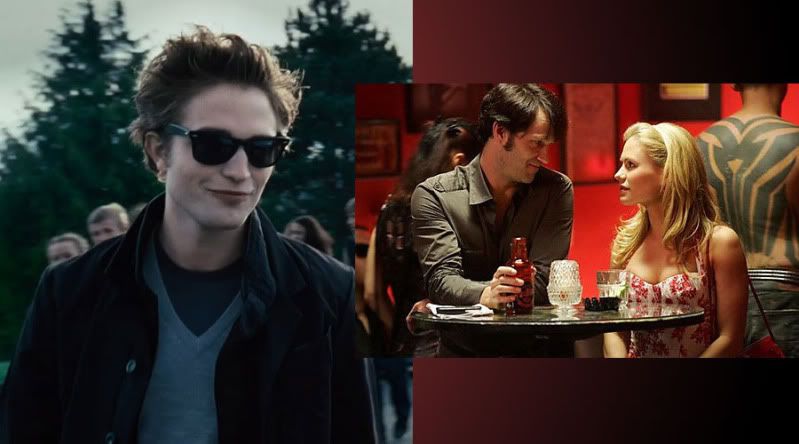 Setting & Human Beings Forks, Washington is a bit of a backwater town that benefits from perpetual cloud cover and adorable new girls in school. This quaint little town is also blissfully unaware of the rampant diamond-skinned killers and their long-standing fur-covered rivals. This reduces Forks to little more than a dioramatic backdrop for the Saga of Bella and Edward, A Romance to Rival the Ages. Despite the aforementioned and somewhat slight quibble I have with the premise of True Blood, it allows us a much more deep and nuanced look into our own society and its reactions to the unexplained and somewhat weird. Bon Temps, Louisiana is a hick town full of rednecks. Some of them don't like vampires very much, some support them getting rights but don't want them in town, and some have sex with them for fun. This spectrum of reactions to vampirism make it a bit more interesting a setting than Forks, again because of the somewhat flawed premise. In other words, True Blood is an example of a bad premise executed well, while Twilight is a less damaged premise executed poorly. True Blood 3, Twilight 1.
Setting & Human Beings Forks, Washington is a bit of a backwater town that benefits from perpetual cloud cover and adorable new girls in school. This quaint little town is also blissfully unaware of the rampant diamond-skinned killers and their long-standing fur-covered rivals. This reduces Forks to little more than a dioramatic backdrop for the Saga of Bella and Edward, A Romance to Rival the Ages. Despite the aforementioned and somewhat slight quibble I have with the premise of True Blood, it allows us a much more deep and nuanced look into our own society and its reactions to the unexplained and somewhat weird. Bon Temps, Louisiana is a hick town full of rednecks. Some of them don't like vampires very much, some support them getting rights but don't want them in town, and some have sex with them for fun. This spectrum of reactions to vampirism make it a bit more interesting a setting than Forks, again because of the somewhat flawed premise. In other words, True Blood is an example of a bad premise executed well, while Twilight is a less damaged premise executed poorly. True Blood 3, Twilight 1. 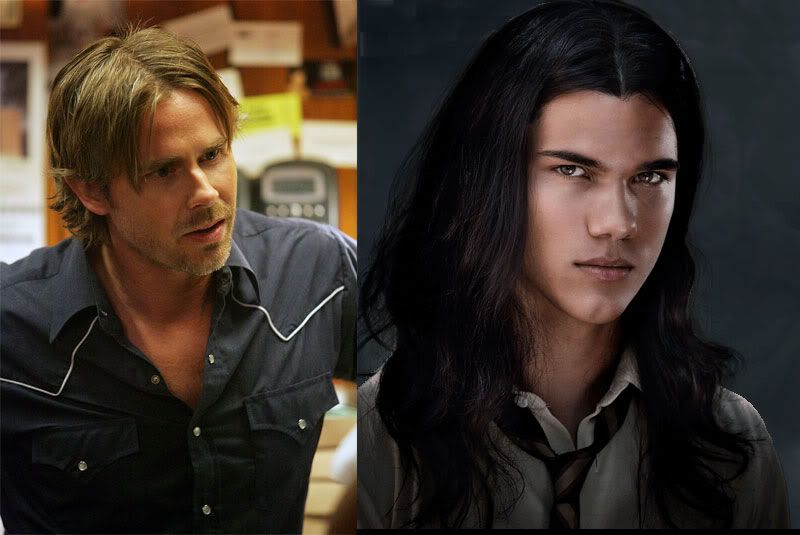 The Hypotenuse Spoiler Alert: In this case, the other leg of the love triangles in both stories is a shapeshifter. In the case of True Blood, Sam is very protective of Sookie but maintains a respectable distance. Mostly he tries to give her advice that will keep her safe but respects her independence. He's also aware of her telepathic ability, which is another reason he tries not to interfere too much. She has a history of overhearing the thoughts of men, which causes her to lead a somewhat lonely life. Jacob Black, on the other hand, is filled to his furry brim with jealousy over the one true love of Bella and Edward. For several novels he pines for the irresistable and luscious Bella and curses fate that she's more of a fangbanger than a furry. Do I really need to say any more about this? True Blood 4, Twilight 1. So by the final score, True Blood comes out on top. Which is appropriate, considering that this is an HBO series as opposed to stories steeped in Mormon dogma & mentality, and has the usual HBO touches, if you know what I mean.
The Hypotenuse Spoiler Alert: In this case, the other leg of the love triangles in both stories is a shapeshifter. In the case of True Blood, Sam is very protective of Sookie but maintains a respectable distance. Mostly he tries to give her advice that will keep her safe but respects her independence. He's also aware of her telepathic ability, which is another reason he tries not to interfere too much. She has a history of overhearing the thoughts of men, which causes her to lead a somewhat lonely life. Jacob Black, on the other hand, is filled to his furry brim with jealousy over the one true love of Bella and Edward. For several novels he pines for the irresistable and luscious Bella and curses fate that she's more of a fangbanger than a furry. Do I really need to say any more about this? True Blood 4, Twilight 1. So by the final score, True Blood comes out on top. Which is appropriate, considering that this is an HBO series as opposed to stories steeped in Mormon dogma & mentality, and has the usual HBO touches, if you know what I mean. 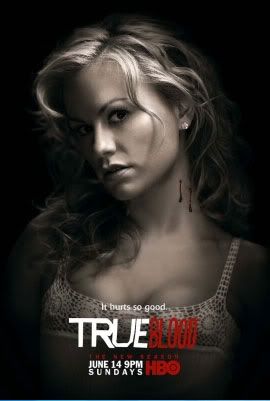 Oh yes. I want to do bad things with you.
Oh yes. I want to do bad things with you.
